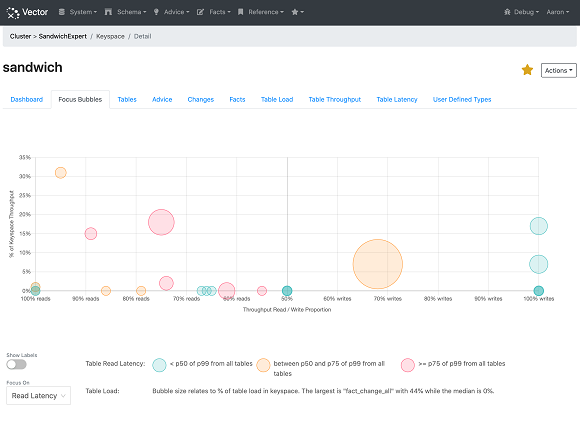DataStax draws new path to AIOps: Vector for Apache Cassandra
Open source at the core, but not yet open in the public sense… arguably the tech industry’s most prominent enterprise Apache Cassandra company DataStax has been cooking it up over the Covid-19 lockdown period to now come forward with a private beta of Vector, an AIOps service for Apache Cassandra.
AIOps you say?
Well yes, the use of Artificial Intelligence (AI) data processing engines in the pursuit of predictive analytics (and subsequent control functions) designed to provide operations teams (spanning everything from sysadmin roles, to DBA, to testers and compliance chiefs) with tools to perform many daily tasks autonomously and automatically.
DataStax suggests that it’s approach to AIOps always keeps developers (or those managing clusters) in control, rather than making changes in advance. So while the AIOps service suggests best practices and ways to improve, the developer always keeps control of how and when those changes are made.
Definition time 101 aside for a moment, let’s look back at the actual news…
For the product at hand here, Vector continually assesses the behaviour of a Cassandra cluster to provide developers and operators with automated diagnostics and advice.
It is intended to be used with Cassandra and DataStax Enterprise (DSE) clusters, so that’s open core software… but ‘paid for’ commercially supported enterprise software. Once up and running, Vector provides recommendations with detailed background knowledge and offers multiple ways to fix a problem.
“Our enterprise [customers] requested a service like Vector because, as a community, we know it takes a high level of skill to be consistently successful with Cassandra,” said DataStax chief product officer Ed Anuff. “Our goal is to provide an AIOps service to proactively monitor the health of clusters to help developers and operators be more productive and effective with Cassandra.”
How’s your node?
In terms of construction, the beta release uses ‘reactive learnings’ to offer proactive advice, Vector is able to analyse individual nodes, compare behaviour to other nodes in the cluster and serve up recommendations, such as: Cassandra and operating system configuration, schema design and Cassandra performance and query techniques.
Vector offers ‘advanced’ visualisations of system usage with what the company likes to call ‘insightful charting’ to understand tables, keyspaces and nodes. By doing this, DataStax claims Vector helps developers and operators see and understand how the cluster is performing and its configuration without having to log into Cassandra nodes.
So… as shown in this demo… and explained in wider context in this technical blog… this is automated advice, continuous updates and hands-off management for Cassandra, unless the developer and/or data engineer wants to go hands on and exert more control for some particular actions.

Image Source: DataStax



